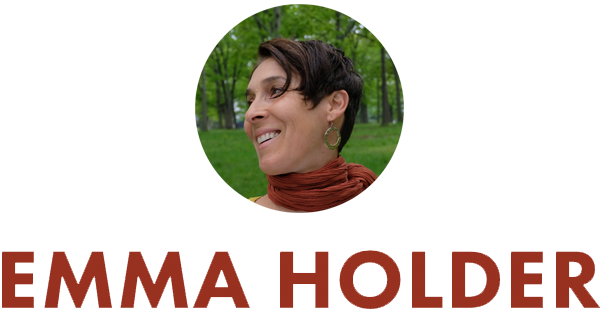We all know that ‘a sedentary lifestyle is bad’, but such a vague statement does not invite meaningful change. It’s more likely to invite the response “well yeah, and so…?”
Lifestyle intervention can happen and compliance improved when we understand the ‘whys and hows of a situation, in this case - sedentariness, or lack of movement. This Food for Thought about the calf muscle pump (also called the “second heart”) is easy to understand and immediately applicable.
Our circulatory system is made up of the heart, arteries and veins (and the lymph system). The heart pumps blood to the arteries sending blood with nutrients and oxygen out to ALL the cells against an entire body’s-worth of vessel resistance. To aid flow, arteries and arterioles (smaller periferal arteries) have embedded pumping mechanisms in their vessel walls. After cargo is discharged in the capillaries, the blood has to get back uphill to the heart. It does so in a venous system - but veins are thin-walled vessels that don’t have their own pumps. How does the body return blood and fluid through passive veins against gravity back to the Vena Cavae in the upper chest?
We have a very cool recirculation system that depends on two important factors: one-way valves in the veins, and muscles in the legs. One-way venous valves are forced open as blood is shunted upwards through the veins, but slam closed if blood falls backwards against the flow. The deep leg veins are embedded in the calf muscles (also in the feet and thighs, but let’s focus on the calves for now). These deep veins are squeezed every time the calves contract, squooshing blood upwards through the valve doors into the next compartment and creating negative pressure to suck blood up from lower or superficial outer veins. Imagine toothpaste being squeezed out of a tube, or for a really forceful visual that brings it home hard, check THIS quick video out! The natural contractions of our muscles return blood (and lymphatic fluid) to the central circulatory system in an elegant and efficient manner, supporting a healthy body and an active lifestyle.
So now we know how it works when all is going as it should. But what happens if it doesn’t?
If the following circulation challenges start to accumulate without intervention or healing, trouble could lie ahead: A sedentary lifestyle (biggie), shuffling gait, long plane flights, pregnancy, prolonged bedrest, wearing high heels (dammit), circulatory problems like congestive heart failure or vein valve failure, and others.
When the calf muscles stop moving as much as they need to due to any combination of the above, blood starts to pool in the lower limb veins. This pooling distends the veins because they are not strong-walled vessels, causing varicose veins, skin discoloration and possibly ulcers, and there are other risks - blood clots could form in stagnant or back-flow of blood known as deep vein thrombosis or DVT. This is why they tell you to move your feet and ankles on the plane, or recommend sexy support socks when you fly. Are you all pointing and flexing your ankles right now? I am! Also I just stood up and am doing heel raises as I type. Unwanted weight gain seems rather innocuous when viewed in the light of some riskier side effects of inactivity.
Keep in mind these are all long-term and worst case scenarios, and yikes - they are alarming. But the good news is that so much is preventable, and we can immediately start to prevent and improve any situation.
1) Stand up right now and do some calf raises for 30 seconds, then stand in a lunge and stretch your calves back out for 30 seconds each. Don’t skip the stretch. If you must sit (plane, non-standing desk work), rotate, point and flex your ankles as far as possible. Make sure you take many movement breaks if you have an office/screen job.
2) Explore different lower heeled (yet still awesome) footwear if you are addicted to high heels. (This is an issue for tango dancers, certainly!) Make sure you stretch and maintain your ankle flexibility and mobility so that the calves and achilles tendons stay long and are able to maximally contract - do not lose your range of motion! “The continuous use of high heels tends to provoke venous hypertension in the lower limbs and may represent a causal factor of venous disease symptoms.” (ref here)
3) Check your gait - don’t shuffle. Use your whole foot when you walk, from heel to toe. There is a foot muscle pump too.
4) Avoid a sedentary lifestyle. This is the biggest intervention. Walk or bike to work, or drive partway and then walk - might save you some parking fees too! Don’t sit for too long (we talked about this…), make time to exercise, change habits and timing to allow for more movement during your day. Get at least 20 minutes in at a time. More is better, so are hills.
Luckily, walking is easy, free, social, and it prevents a lot of health problems. It’s great fun in all weather if you just get the right gear (you’ll always be easy to buy for) and then go take a brisk walk to get those (second) hearts pumping!

